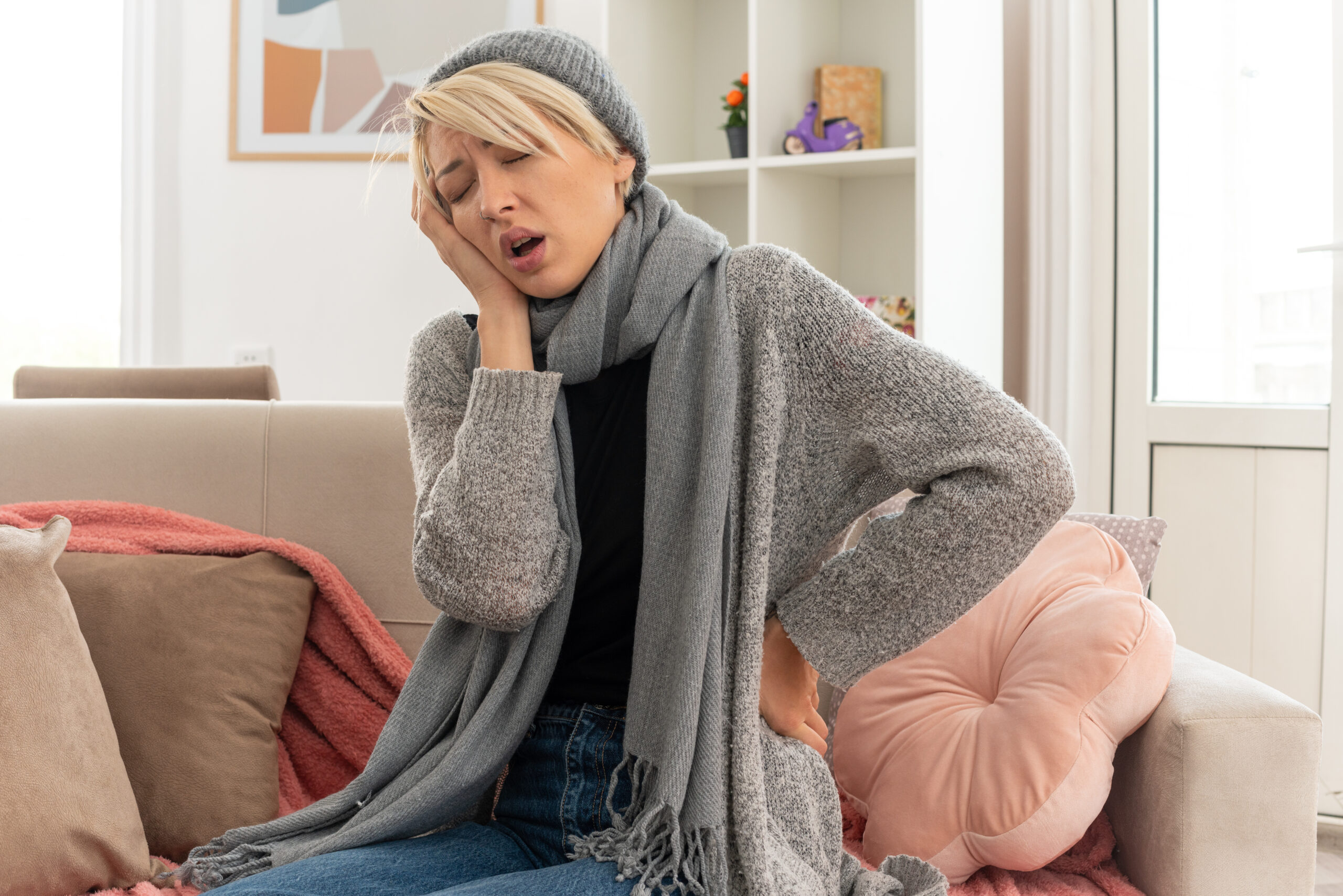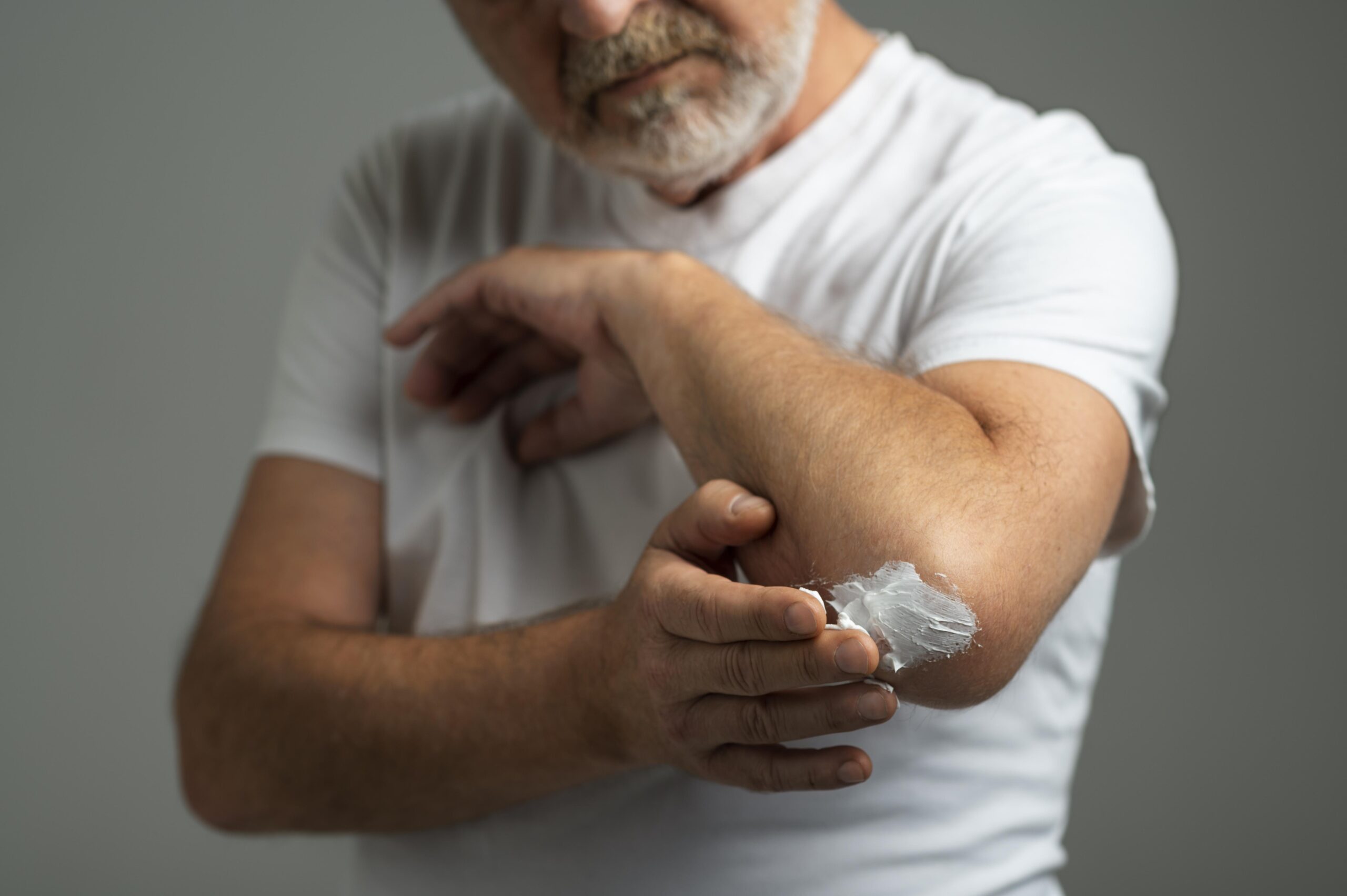Abdominal cramps are a frequent and often uncomfortable condition that can stem from a variety of causes, such as digestive disturbances, menstrual cycles, infections, or chronic health issues. While medications and lifestyle changes can alleviate the discomfort, certain body positions can provide immediate relief and enhance comfort. This comprehensive guide explores the most effective positions for relieving abdominal cramps, explains the science behind their effectiveness, and offers additional tips for managing discomfort.
Understanding Abdominal Cramps
Abdominal cramps can result from multiple factors, and understanding the root cause is essential for effective management. Common causes include:
- Digestive Issues: Gas buildup, bloating, constipation, or irritable bowel syndrome (IBS).
- Menstrual Cramps: Uterine contractions during the menstrual cycle.
- Infections: Conditions such as gastroenteritis or urinary tract infections (UTIs).
- Chronic Conditions: Diseases like endometriosis, Crohn’s disease, or ulcerative colitis.
- Acute Medical Conditions: Serious issues like appendicitis, gallstones, or kidney stones, which require immediate medical attention.
Best Positions to Relieve Abdominal Cramps
1. Fetal Position
- How to Do It: Lie on your side, curl your body inward, and draw your knees toward your chest.
- Why It Works: This position relaxes the abdominal muscles and reduces pressure on the abdominal wall, alleviating tension in the lower back. It is especially effective for menstrual cramps and digestive discomfort caused by gas.
2. Supine Position with Elevated Legs
- How to Do It: Lie flat on your back with your legs elevated on a pillow or a chair.
- Why It Works: Elevating the legs promotes better blood circulation, reduces pressure on the abdominal organs, and helps relieve pain from bloating or digestive issues.
3. Child’s Pose (Balasana)
- How to Do It: Kneel on the floor, sit back on your heels, and stretch your arms forward while lowering your torso to the floor.
- Why It Works: This gentle yoga pose stretches the lower back and hips, relaxes the abdominal area, and provides relief from both menstrual and digestive cramps.
4. Reclining Bound Angle Pose (Supta Baddha Konasana)
- How to Do It: Lie on your back, bring the soles of your feet together, and allow your knees to fall open, using pillows for support if needed.
- Why It Works: This pose opens the pelvic area, reduces tension in the lower abdomen, and promotes relaxation, making it helpful for menstrual cramps.
5. Knees-to-Chest Position (Apanasana)
- How to Do It: Lie on your back, gently pull your knees toward your chest, and wrap your arms around them.
- Why It Works: This position helps release trapped gas, reduces bloating, and massages the internal abdominal organs, offering relief from digestive discomfort.
6. Seated Forward Bend (Paschimottanasana)
- How to Do It: Sit with your legs extended straight in front of you, inhale deeply, and slowly reach forward toward your feet.
- Why It Works: This pose gently compresses the abdominal area, which can help stimulate digestion and relieve cramps associated with bloating and gas.
Additional Tips for Managing Abdominal Cramps
While finding the right position can provide immediate relief, combining positional therapy with other strategies can enhance comfort:
- Apply Heat: Use a heating pad or warm compress on your abdomen to relax muscles and increase blood flow.
- Stay Hydrated: Drinking water helps prevent dehydration, which can worsen cramps, especially during menstruation or illness.
- Gentle Exercise: Light activities like walking can stimulate digestion and alleviate cramping.
- Mindful Breathing: Practice deep breathing exercises to relax your body and reduce stress, which can exacerbate cramps.
- Dietary Adjustments: Avoid foods that cause bloating or gas. Eating smaller, frequent meals may also help.
- Over-the-Counter Remedies: Non-prescription medications, such as antacids for digestive cramps or ibuprofen for menstrual pain, can be effective.
When to Seek Medical Attention
Although most abdominal cramps are not serious, certain symptoms indicate a need for immediate medical care:
- Severe, sudden, or worsening pain
- Pain accompanied by fever, vomiting, or signs of dehydration
- Bloody stools or black, tarry stools
- Chronic nausea or difficulty consuming fluids
- Pain during pregnancy
These symptoms could indicate conditions such as appendicitis, ectopic pregnancy, or gastrointestinal bleeding, which require urgent evaluation.
Conclusion
Relieving abdominal cramps often involves a combination of finding the right position, applying supportive therapies like heat, and addressing underlying causes. The fetal position, child’s pose, and knees-to-chest are particularly effective for immediate relief. Severe or ongoing symptoms, however, should never be disregarded. Always consult a healthcare professional for symptoms that are unusual, severe, or accompanied by concerning signs.



